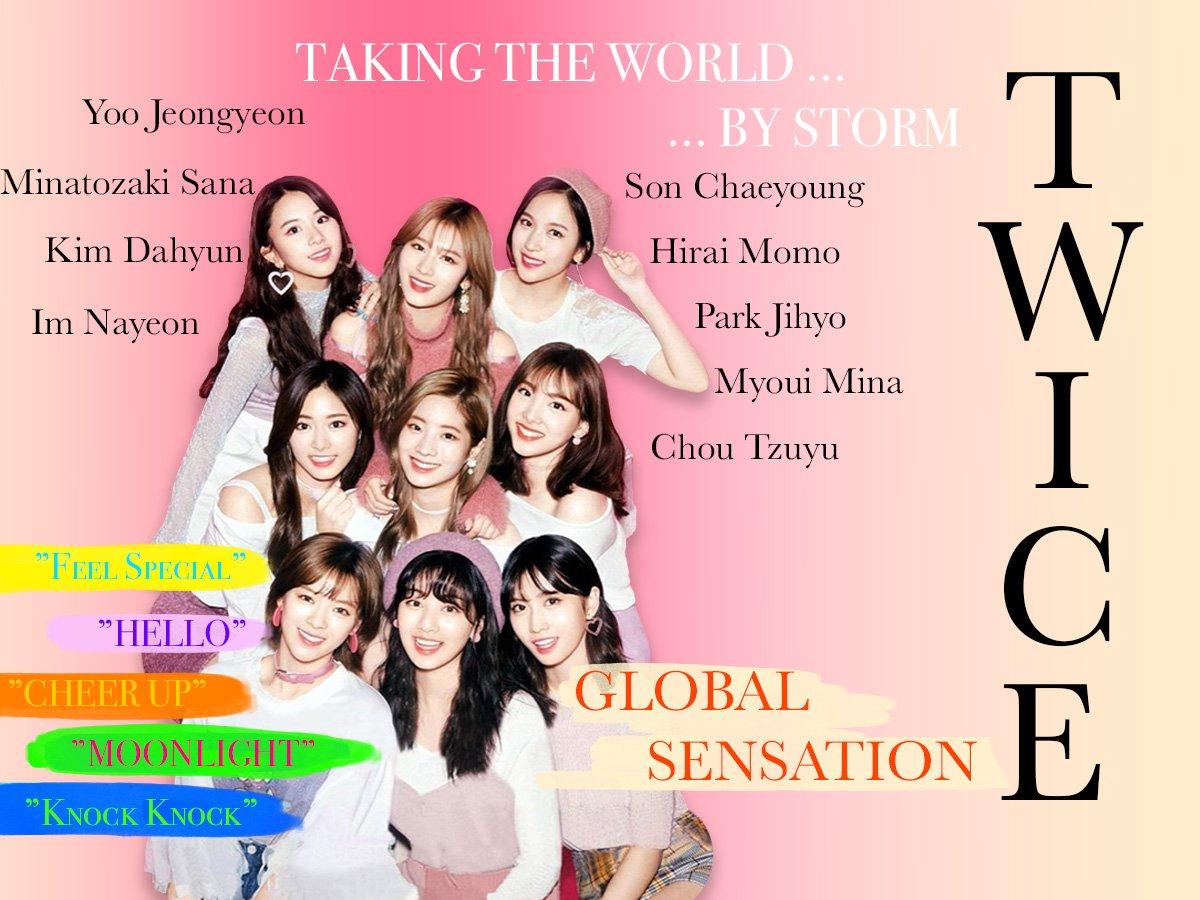Photo Courtesy of Billboard
September 30 marked the one-year anniversary of Solange Knowles’ magnum opus “A Seat at the Table.” Knowles’ third album emerged as a meditation on black womanhood, self-discovery and the inherent power of blackness. Although this still holds true a year later, the album’s minimalist aesthetic is what resonates with listeners most.
Story by Kennedy Williams
The album cover features a fresh-faced Knowles staring earnestly ahead as duckbill hair clips, which are often used to set curls and waves, adorn her hair. This intermediate state of being reflects the vulnerability of the album. Too often, black women feel pressured to conform to Eurocentric beauty standards and to tame the things that make them stand out. Stereotypes of the “strong black woman” force them to display more palatable, infallible versions of themselves, with little room for fragility. Knowles challenges these restrictions by presenting an image of herself that is a bit undone, all while expanding the expression of black womanhood.
The sonic journey of “A Seat at the Table” asserts that there is power in releasing the expectations of others. Unraveling one’s personas and peeling back the layers allows one’s most authentic form to be revealed.
Genre-wise, the project is a distillation of R&B and funk, with tender melodies glittering across the soundscapes. A handful of instruments, like piano, bass and the horn, create the backbone of the project. Simple harmonies, produced by collaborators such as Kelly Rowland, Tweet and Kelela, build upon the stripped-down instrumentals.
The album opens with “Rise,” a piano-driven prayer that advocates self-empowerment. The airy instrumentals amplify Knowles’ message to “fall in your ways.” Resilience becomes a ritual, as Knowles repeats the chorus three times throughout the song, emphasizing the emotional labor needed to heal.
Photo Courtesy of Saint Heron Records
On “Mad,” which features Lil Wayne, Knowles tackles the discriminatory stereotypes that black women face. She opens the track singing “You got the right to be mad/ But when you carry it alone you find it only getting in the way / They say you gotta let it go.” Similarly, Lil Wayne lets out some frustration as he raps “Now tell me why you mad son/ ‘Cause doing it all ain’t enough/ ‘Cause everyone all in my cup/ ‘Cause such and such still owe me bucks.” “Mad” conflates the stereotype of the angry black woman to that of the thug, tethering the oppression of black women to that of black men. The subject matter of “Mad” is charged, but its disposition is mellow. Although the song is about expressing anger, the quiet tone forces the listener to consider how black women’s anger is suppressed by society.
Black women’s pain is rarely acknowledged or empathized to the same level as their white counterparts. “Mad” functions to point to the continued devaluation of black women’s voices. This can be draining, as shown by Solange’s decision to delete her Twitter on August 15, 2017. Her message on Instagram explained her need to “practice self preservation” against “racist f–k bois who reek of citronella,” showing that sometimes a minimalist life requires us to disconnect.
From “Rise” to “Closing: The Chosen Ones,” the understated sonic landscape of “A Seat at the Table” draws its listeners closer. It forces one to lean in, put their elbows on the table and take an intimate look at the healing process.












































